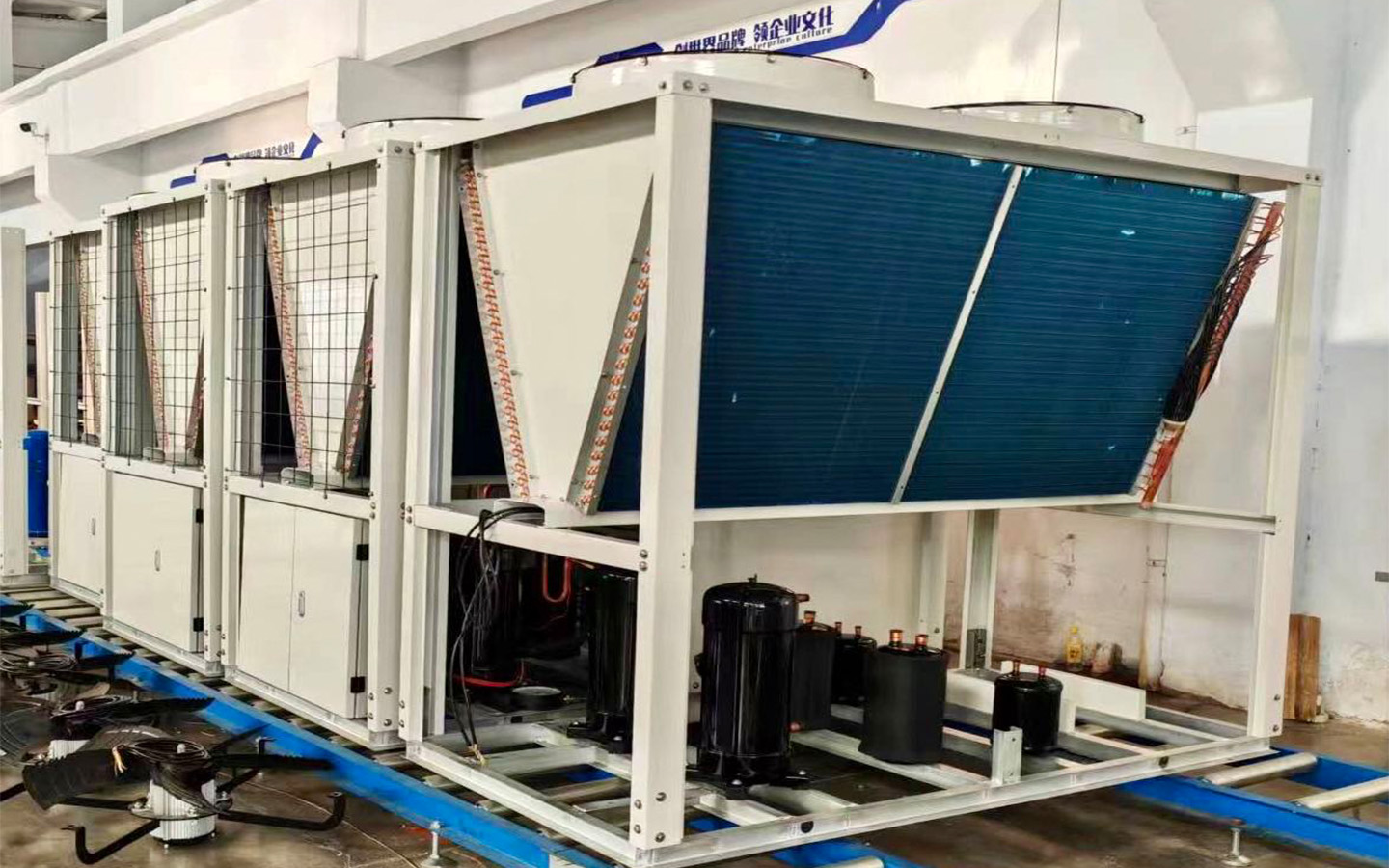During the winter season, low temperature environments can cause ice buildup inside the circulating pipes of air conditioning and refrigeration systems. The ice density is lower than water, which can cause copper pipes and heat exchanger casings to freeze, crack or deform within a limited volume. To ensure the smooth operation of refrigeration systems in winter, it is essential to prevent irreversible damage that cannot be repaired.

Therefore, Decent has summarized the following appropriate antifreeze measures for chiller users:
I. How to prevent the refrigeration industry from freezing
To ensure the better operation of chillers in winter and prevent irreversible damage caused by low temperature environments, equipment must be drained in a timely manner. For instance, before the environmental temperature drops to below 0 degrees Celsius, the water cooler, pipelines, water pump, chiller tower, and end-terminal equipment should all be cleaned and dried.
II.Chiller antifreeze measures in winter
1. Condenser: Open the end of the tube and tighten the screws.
2. Evaporator: Open the evaporator, insert the drainage valve and drain all water. The best solution is to leave the drain valve open during the winter and close the water supply before the next year.
3. Pipelines and water pump: Minimize the drainage of pipelines and water pumps as much as possible.
4. Cooling tower: Open the bottom drain valve of the cooling tower and remove the pedestal.
5. End-terminal: The bottom of the coil is equipped with an outlet valve. Open the outlet valve. The drain valve is usually opened during the winter season.
III. Correct use of antifreeze to prevent chiller damage
Antifreeze coolant is a type of coolant with antifreeze function, which can be used for winter antifreeze, prolonging the service life of laser equipment and chillers, and avoiding damage to pipeline seals. There are various types of antifreeze formulas available on the market. In fact, we have some requirements for the chiller coolant, and choosing the wrong one or improper use may damage the inner pipeline of the equipment.
IV. Chiller antifreeze agent specification
Most antifreeze agents are made of ethylene glycol and propylene glycol, which can be used directly according to the environmental temperature requirements. However, the mother liquor cannot be used directly and should be adjusted with soft water according to the operating temperature requirements. The freezing point of ethylene glycol antifreeze varies with its concentration, and the freezing point decreases when the ethylene glycol concentration is below 56%.

V. Precautions
1. If the equipment shutdown time is short, it is recommended to turn on the chiller unit separately and continue running to maintain normal operating water temperature. Also, in the event of a power outage, pay attention to the operation of the cooling device.
2. If the equipment does not work at night, in order to ensure that the power is not cut off, turn on the cooling device separately and adjust the low-temperature, high-temperature systems to 5-10℃ to save energy. Ensure the circulating cooling medium and the water temperature above the freezing point.
In summary, taking good antifreeze measures for chillers during winter can further enhance the refrigeration effect and ensure its sustainable and healthy use. The above is the antifreeze measures for chillers summarized by Decent, hoping to help more users improve the use of chillers in winter.

 Español
Español Русский
Русский Tiếng Việt
Tiếng Việt 中文
中文 suomi
suomi Français
Français Português
Português English
English Deutsch
Deutsch Français
Français Español
Español Italiano
Italiano Português
Português Pусский
Pусский


